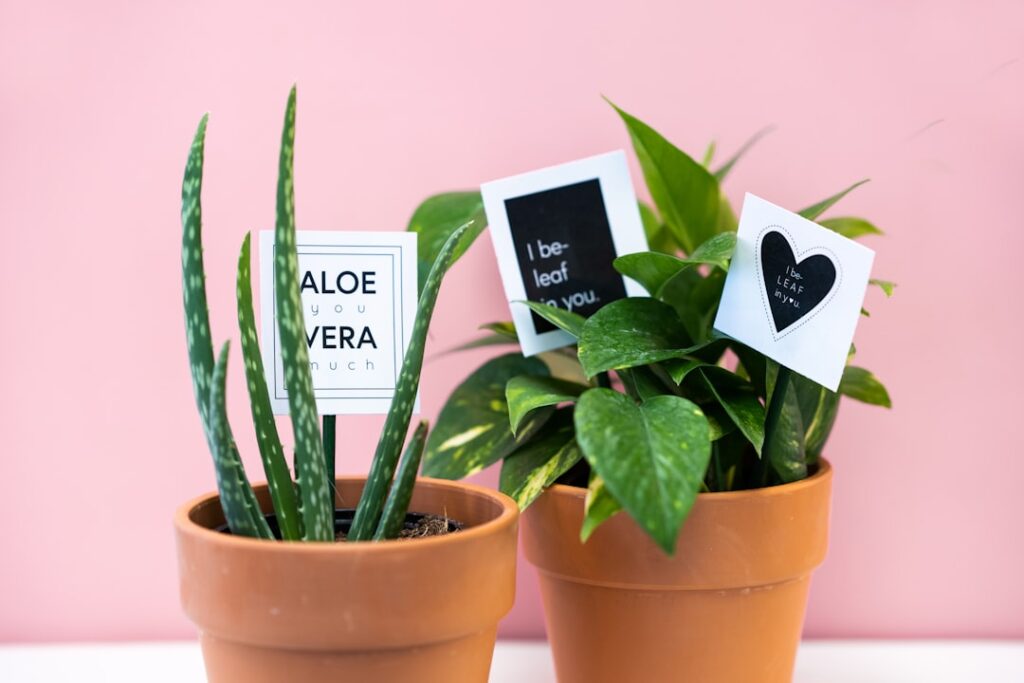That familiar stinging sensation after a day outdoors is more than just discomfort; it’s a physiological distress signal. Sunburn, or erythema, is an inflammatory response to cellular damage caused by ultraviolet (UV) radiation. As your body rushes to repair the damaged DNA in your skin cells, blood vessels dilate, and inflammatory mediators are released. In the quest for relief, many turn to traditional remedies passed down through generations. However, not all “soothing” solutions are backed by science—and some can make matters worse. This analysis will dissect common after-sun myths and present evidence-based, natural alternatives for effective skin recovery.
Myth 1: Immediately Slathering Oil (like Coconut Oil) on a Fresh Sunburn
The Theory: Coconut oil is a renowned natural moisturizer, so applying it to dry, sun-damaged skin seems logical.
The Data-Driven Reality: This is a critical timing error. Freshly sunburned skin is radiating heat as part of the inflammatory process. Applying any occlusive substance, including dense oils like coconut or mineral oil, effectively traps this heat against the skin. This can intensify the thermal damage, increase pain, and prolong the inflammatory phase. A 2017 study on burn wound management highlights the importance of initial cooling before applying any topical treatments. While oils can be beneficial for moisturizing dry, peeling skin days after the initial burn has subsided and cooled, they are counterproductive as a first-response treatment.
Myth 2: A Hot Shower or Bath Can “Draw Out the Heat”
The Theory: This folk belief suggests that applying more heat can somehow pull the existing heat from the burn.
The Data-Driven Reality: This myth contradicts basic principles of thermodynamics and physiology. Applying heat to an already burned area will only exacerbate the problem. Hot water further dilates blood vessels (vasodilation), increasing redness, swelling, and inflammation. It also strips the skin’s compromised lipid barrier of its natural oils, leading to severe dehydration and irritation. The scientifically sound approach is the opposite: cool temperatures. Cool water causes vasoconstriction, narrowing the blood vessels to reduce swelling and blunt the inflammatory response, providing genuine, immediate relief.
Myth 3: Butter, Toothpaste, or Vinegar Are Effective Home Remedies
The Theory: These kitchen staples are often touted as quick fixes for soothing burns.
The Data-Driven Reality: These are not only ineffective but potentially harmful.
* Butter: Like other oils, butter is an occlusive that traps heat. More concerningly, it is an unsterilized food product that can harbor bacteria, significantly increasing the risk of a secondary infection on already compromised skin.
* Toothpaste: Many formulas contain abrasive agents, detergents (like sodium lauryl sulfate), and strong flavorings like menthol or cinnamon. These ingredients can cause severe chemical irritation and contact dermatitis on fragile, sunburned skin.
* Vinegar: While some proponents claim its acetic acid can balance pH, it is far more likely to cause significant stinging and further irritate the damaged epidermal layers.
Evidence-Based Solutions for Sunburn Relief
Instead of relying on fiction, turn to remedies supported by clinical data.
-
Cooling and Hydration: The first and most crucial step. Take a cool (not ice-cold) shower or bath to lower the skin’s temperature. For targeted relief, apply cool, damp compresses for 10-15 minutes at a time. Concurrently, hydrate from within by drinking plenty of water. Sunburns draw fluid to the skin’s surface, leading to systemic dehydration.
-
Colloidal Oatmeal: Adding colloidal oatmeal (finely ground oats) to a cool bath is a clinically recognized treatment. Oats contain compounds called avenanthramides, which have demonstrated potent anti-inflammatory and antioxidant activity, helping to reduce redness and itching.
-
Pure Aloe Vera Gel: Aloe vera is perhaps the most studied natural sunburn remedy. Its gel contains glycoproteins that can help reduce pain and inflammation, along with polysaccharides that stimulate skin growth and repair. A systematic review published in Burns journal found that aloe vera could significantly shorten the healing time for first- to second-degree burns compared to other treatments. Crucially, use 100% pure aloe vera gel. Avoid products with added alcohol, fragrance, or color, which can act as irritants.
-
Strategic Moisturization: Once the initial heat has subsided (typically after 24 hours), you can apply a gentle, fragrance-free moisturizer. Look for products containing ingredients like ceramides or hyaluronic acid, which help repair the skin’s natural barrier without trapping residual heat.
Ultimately, the most effective strategy is prevention. However, when overexposure occurs, bypassing myths in favor of data-driven, physiological first aid is the most direct path to recovery. Cool the skin, hydrate thoroughly, and apply proven anti-inflammatory agents to support your body’s natural healing process.
Photo by Courtney Cook on Unsplash

